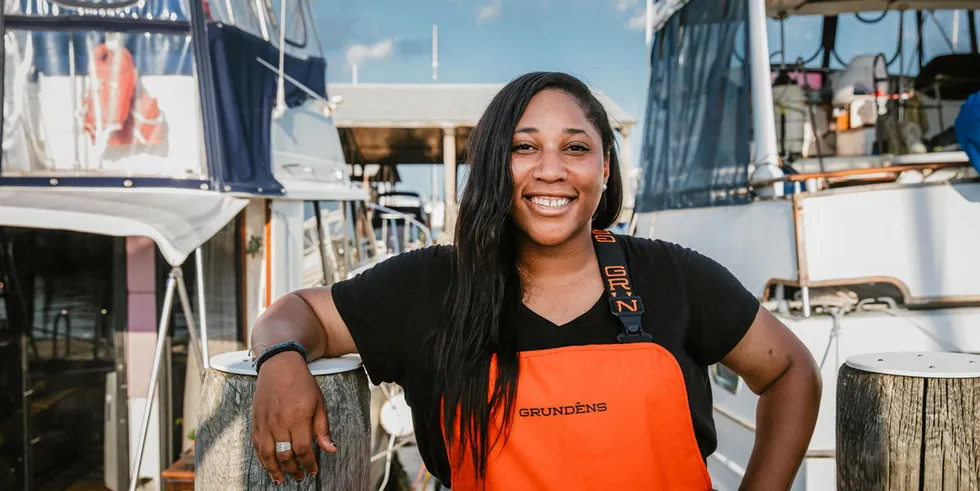Aquaculture needs more women of color. Here's how Imani Black is making that happen.
'When you look at the history, actually people of color have had a huge and prominent footprint in the evolution of our commercial fisheries just globally.'

'When you look at the history, actually people of color have had a huge and prominent footprint in the evolution of our commercial fisheries just globally.'
